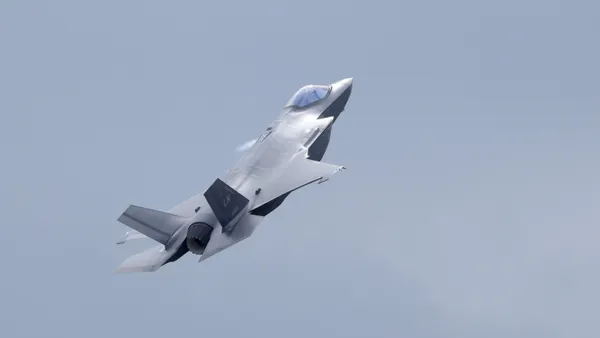Dive Brief:
- External CFO hires declined in 2022, slumping to 34.7% last year compared to 38.5% of hires in 2021, data from executive search firm Crist Kolder Associates’ Volatility Report 2022 found.
- While this is in line with past trends — external CFO hires have been on a decline since the start of the pandemic — it comes as persistent economic pressures have put a spotlight on the need for “operating” or “wartime” CFOs with the necessary skills to keep expenses low during an increasing likely economic downturn.
- Cost pressures may be one of the factors leading firms to look for their next finance chiefs internally. While there are certainly companies that will have the need to go out and find wartime CFOs, said Josh Crist, co-managing partner of Crist Kolder Associates, typically during downturns, only companies with “a grave need will go out and do that because most want to conserve cash,” he said. “Any external hire is going to cost you.”
Dive Insight:
Companies have increasingly been tapping CFOs from within their own ranks since 2020, when 43.1% of finance chiefs were external candidates, according to the latest Volatility Report. The study surveyed 679 Fortune 500 and S&P 500 companies total and includes data through Dec. 31, 2022.
One potential industry which may buck this trend in 2023 is the technology space; another study by executive search firm Christian Timbers predicted such firms will hunt for “operating” or war-time CFOs as they move away from a growth-at-all-costs model,CFO Dive previously reported.
External hires are also declining when it comes to the CEO seat, the Volatility Report also found, a trend that comes as CFOs make up a higher number of executives promoted to fill such a role. The report found 7.9% of new CEOs came to the role from a CFO seat — with 7.2% of such promotions going to internal candidates.
The steadily growing CFO to CEO pipeline comes as top finance leaders take on a growing list of responsibilities — in many companies without chief operating officers, for example, CFOs tend to step into the gap, Crist said.
COOs have historically been among prime candidates for the CEO position, but as companies remove the COO position entirely or view the chair as a “on again, off again role” the CFO “is right there, taking on a lot of those duties and becomes the most logical successor,” Crist said.
The COO position is seeing a resurgence in 2022, however, according to the most recent Volatility report — in 2022, 40% of companies reported having a COO, compared to 35% of companies in 2021. A continuing upward curve in the number of COOs could potentially impact the growing CFO-to CEO pipeline, Crist said.
“We may see this in two to three years, the stalling of that CFO to CEO promotion,” Crist said, though it remains unclear if the COO comeback will continue in future years.












